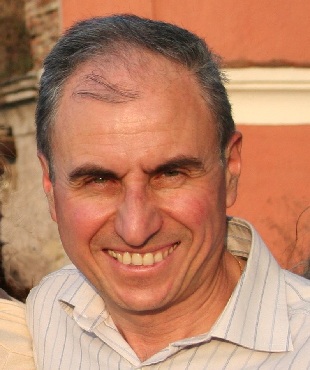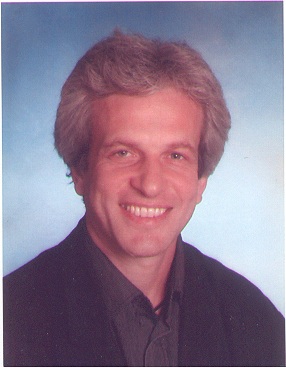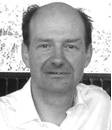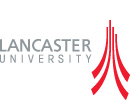Plenary Speakers
Prof. Shenggang Liu
Prof. Shenggang Liu received his Ph.D. degree in physical electronics in 1958, he was elected the Academician of Chinese Academy of Sciences (CAS) in 1980 and was elected the member of Presidium of CAS in 2008.
He is IEEE Fellow (life member) and member of MIT Electromagnetic Academy.
He served as the president of UESTC from 1986 to 2001.
He is the member of International Organizing Committee of IRMMW-THz Conference, and he is Chairman of the International Committee of Shenzheng International Conference on Advanced Science and Technology.
He was awarded the K.J. Button prize in 2003.
He has published more than 280 papers and 4 books, and his current interest is THz radiation physics.
Dr. Gian Piero Gallerano

Gian Piero Gallerano received the Laurea Degree with Honors in Physics from the University of Rome, Italy in 1980 with a thesis on the “Realization of a tunable color center laser in the near infrared”.
In 1981 he was a Visiting Fellow at the Technical University Hannover, Germany.
In 1983 he joined the High Power Laser Laboratory at ENEA Research Center, Frascati to work on the development of infrared free electron lasers (FEL).
In 1991 he was a Visiting Scholar at the Ginzton Laboratory, Stanford University. His work on FELs lead to the realization of the ENEA Compact FEL (90 – 150 GHz) and of the Compact Advanced THz Source, FEL-CATS (0.4 – 0.7 THz).
From 2001 to 2004 he has been the Coordinator of the European project THz-BRIDGE involving ten research institutes in the study the interaction of THz radiation with biological systems.
From 2005 to 2007 he has been in charge of the ENEA participation in the European project EUROFEL.
He is currently the Head of the Radiation Sources Laboratory at ENEA Frascati.
His areas of interest include generation of THz radiation and its application in the biological, biomedical, environmental and art conservation fields, THz imaging techniques, coherent emission from RF modulated electron beams, free electron lasers, optical design and diagnostics in the infrared.
He organized the “35th International Conference on Infrared, Millimeter and THz Waves” IRMMW-THz 2010 held in Rome in 2010 and currently chairs the International Society of Infrared, Millimeter and Terahertz Waves, the oldest and largest forum devoted to scientific and technological developments in the wide spectral range extending from the infrared to the millimeter wave region.
He has been a member of the Italian Physical Society since 1981 and is a member of the Bioelectromagnetics Society.
Prof. Viktor Krozer

Viktor Krozer (M'91 - SM'03) received the Dipl.-Ing. and Dr.-Ing. degree in electrical engineering at the Technical University Darmstadt in 1984 and in 1991, respectively. In 1991 he became senior scientist at the TU Darmstadt working on high-temperature microwave devices and circuits and submillimeter-wave electronics. From 1996–2002 Dr. Krozer was professor at the Technical University of Chemnitz, Germany.
From 2002-2009 Dr. Krozer has been professor at Electromagnetic Systems, DTU Elektro, Technical University of Denmark, and was heading the Microwave Technology Group.
Since 2009 Dr. Krozer is the endowed Oerlikon-Leibniz-Goethe professor for Terahertz Photonics at the Johann Wolfgang Goethe University Frankfurt, Germany.
His research areas include terahertz electronics, MMIC, nonlinear circuit analysis and design, device modelling, and remote sensing instrumentation.
Dr. Richard J. Wylde

Richard J. Wylde was educated at Eton and Sidney Sussex College, Cambridge, where he received the B.A. degree in Natural Sciences in 1979.
He joined Queen Mary College, University of London, and received the Ph.D. degree in physics in 1985. He is a Fellow of the Institution of
Engineering and Technology.
He is currently an Honorary Reader in the School of Physics and Astronomy, University of St. Andrews, Scotland,
and he manages both Thomas Keating Ltd. precision engineers, and QMC Instruments Ltd.
The former received the Queen's Award for Enterprise in 2012.
His research interests lie in the design of THz systems for use in thermo-nuclear plasma diagnostics, observational cosmology, astronomy,
electron-spin-resonance spectroscopy and atmospheric remote sensing.

